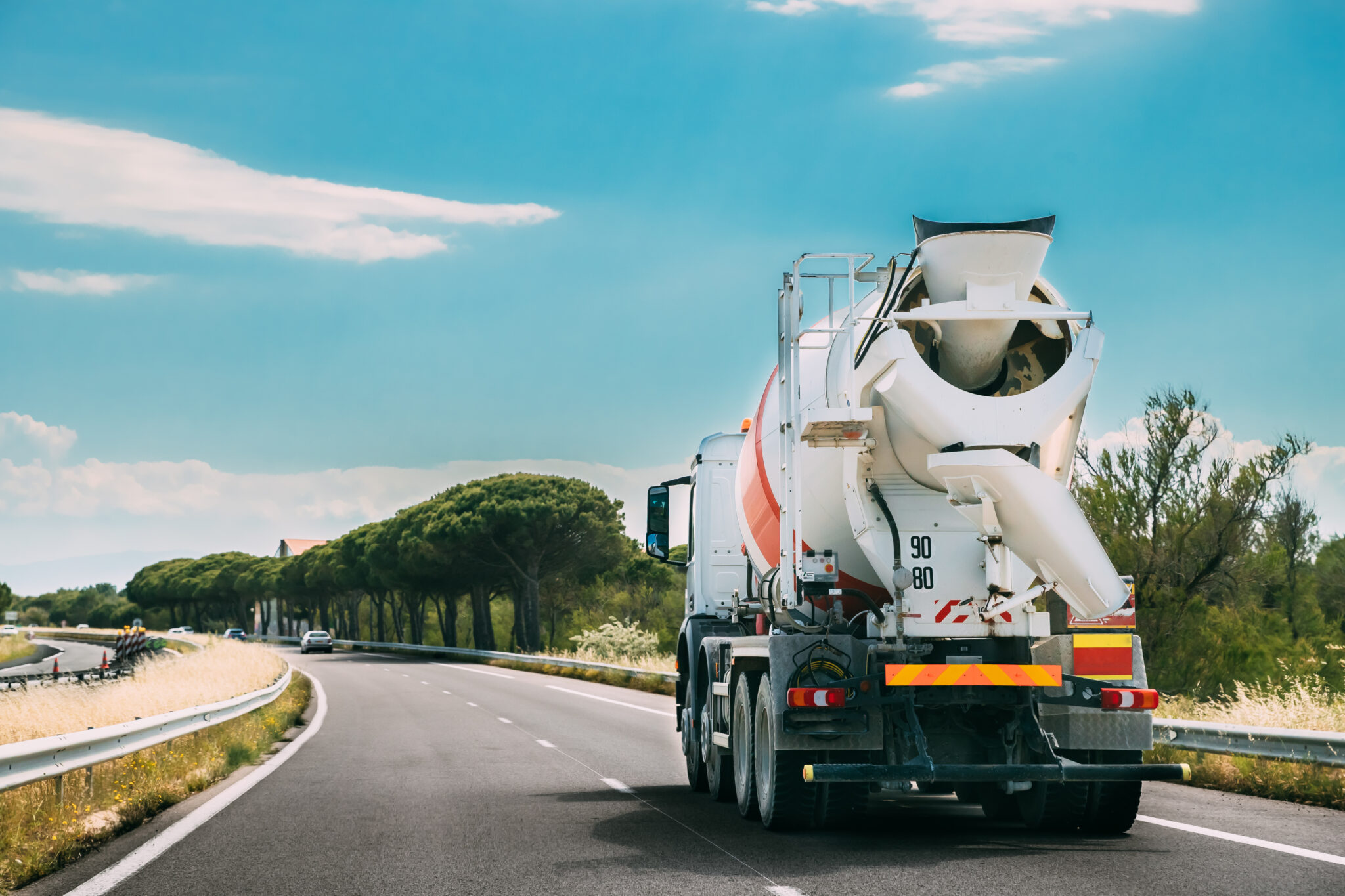Portions of the vast Highway 99 tunnel are starting to look like the double-decker thoroughfare that former Gov. Chris Gregoire promised seven years ago. Bertha’s recent progress along the Seattle waterfront — some 1,500 feet since diving below the Alaskan Way Viaduct on April 29 — has allowed crews to pour concrete walls and foundations for road decks. The giant tunnel-boring machine is currently stopped for inspection and replacement of some of its 75-pound steel cutting teeth, below Spring Street just west of First Avenue.
Explore 12 Futuristic Technology Trends Solving Concrete's Biggest Challenges.
Meanwhile, workers at Seattle Tunnel Partners (STP) are slowly extending the decks north from the south portal in Sodo. First, they drill holes in the 57-foot diameter tube, and insert U-shaped pieces of rebar steel on each side. These help to anchor and fasten larger cages of rebar that form the skeleton of the deck foundations. Red gantry cranes bring forms that are lowered around the cages, creating a shape where fresh concrete is pumped in. It hardens into ledges that support the walls. The upper or southbound deck is poured first, fastened to the walls. About 600 feet of deck has been built so far, a Washington State Department of Transportation update said Wednesday.
After Bertha is finished digging, hundreds of precast panels will be brought in from Tacoma to make the northbound decks. These are a lean 8 by 32 feet, so they will need to be spun a quarter-turn inside the tunnel, and set crosswise on the ledges. STP project director Chris Dixon wouldn’t predict Wednesday how soon the job would be done. In the contractors’ last statements, Bertha was supposed to emerge at South Lake Union in December, and the 1.7-mile toll tunnel open for traffic in April 2018, but those milestones are likely to slide several weeks. The state transportation department and STP originally aimed to finish in December 2015, when the $1.35 billion contract was signed in early 2011. Two years were lost to front-end damage to the tunnel-boring machine and repairs.
This week, workers continue to check the cutting bits, working in brief shifts underground at under 2½ times atmospheric pressure. Only 33 of more than 400 bits examined to date have been replaced, Dixon said — a sign that clay soils under mid-downtown aren’t causing risky abrasion. In fact, STP this spring removed dozens of dual-disc cutting tools that crack boulders, and replaced those with ordinary dirt scrapers, Dixon said.
No boulders have appeared lately, Dixon said, but they could show up in shallower soils when Bertha resurfaces near Aurora Avenue. Digging 40 feet or more per day, “we have no concerns whatsoever” about Bertha’s ability to reach the finish line, which awaits 6,235 feet ahead, he said.








